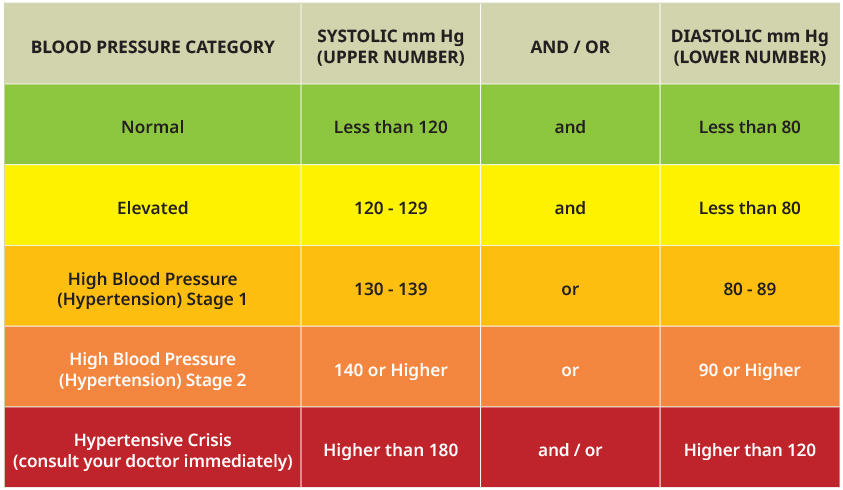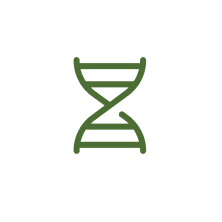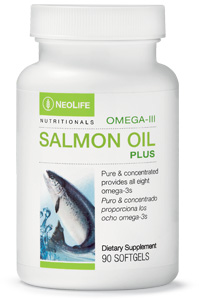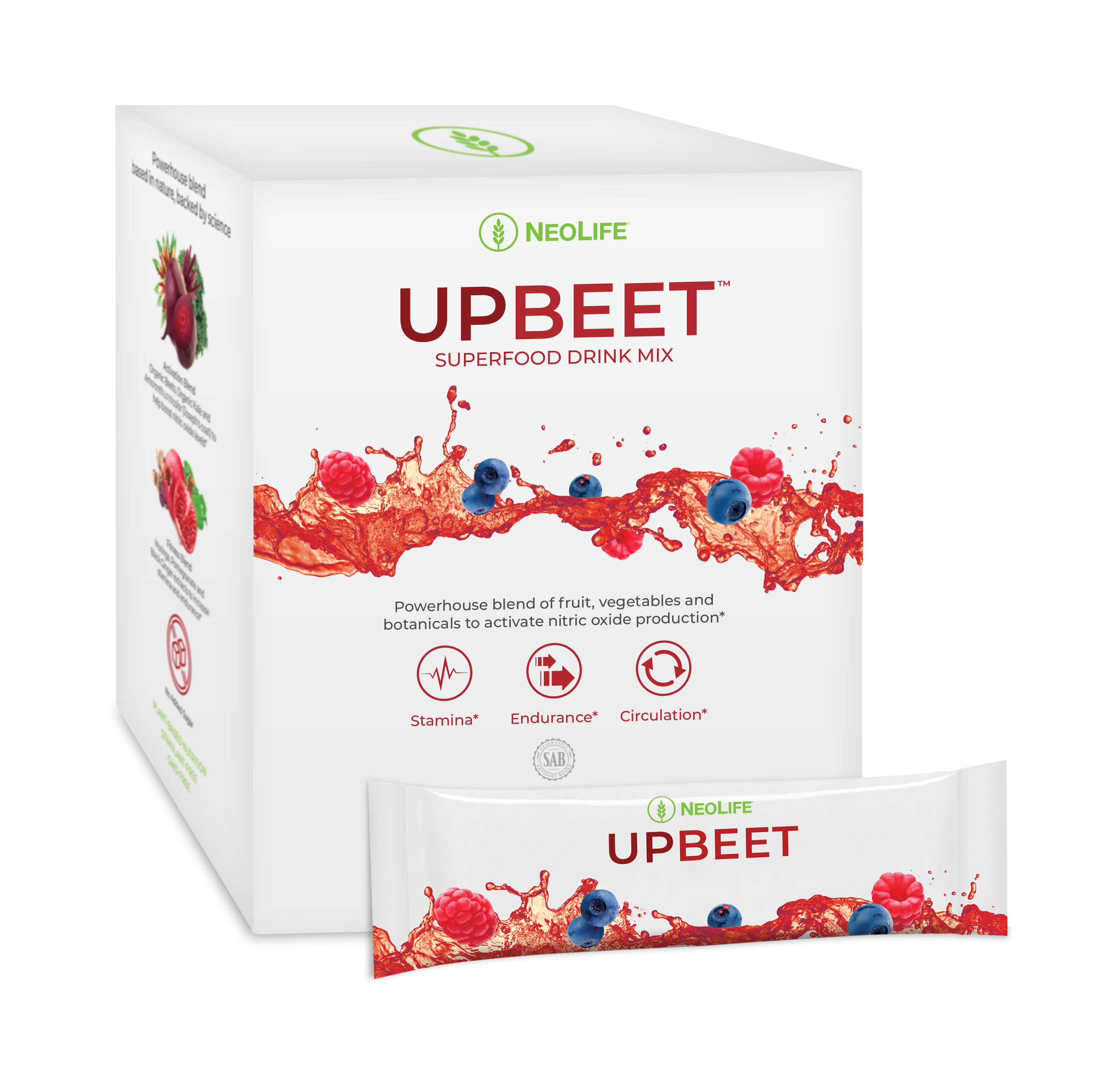
 By Dr. Laszlo Somogyi
By Dr. Laszlo Somogyi
SAB Member
In response to frustrating events people often say they can “feel their blood pressure rising,” but what does that mean? Blood pressure measures the force of blood flowing through blood vessels as part of the cardiovascular system. Proper blood flow regulation is important. The body needs blood to deliver oxygen and nutrients to cells throughout the body, while also removing cells’ metabolic waste. Blood circulates when the heart contracts and expands; the resulting heartbeat pushes the blood in a loop throughout the body, carrying oxygen-rich blood to muscles and organs and oxygen-depleted blood back to the lungs to receive more oxygen and continue the cycle.
Blood pressure readings give two numbers, measured as millimeters of mercury (mm Hg):1
- Systolic blood pressure (SBP) – the top number, measures the pressure blood is exerting against artery walls as the heart contracts and pumps blood out.
- Diastolic blood pressure (DBP) – the bottom number, measures the pressure blood is exerting against artery walls when the heart is at rest between beats.
Figure 1. Blood Pressure Categories1

High blood pressure, also known as hypertension, is when too much force is exerted on the arteries as blood is pumped through. Hypertension stage one is when blood pressure consistently reads between 130-139/80-89 mm Hg. (Fig. 1)
You likely know that having high blood pressure isn’t a good thing. You may also know that it gets more common as you age. High blood pressure can be easy to dismiss precisely because it is so common and often symptomless. Over time, if left untreated, this can result in damage to blood vessels and lead to conditions like heart attack, stroke, kidney disease, and heart failure.1 Complications of hypertension are most commonly linked to problems with the heart and blood vessels. Recent research shows growing recognition that hypertension is also associated with reduced blood flow in the brain, linked with increased risk of stroke and distorted brain structures.2
Hypertension is also known as a “silent killer” because it often occurs without noticeable symptoms. According to the World Health Organization, an estimated 1.28 billion adults aged 30-70 worldwide have hypertension.3 It is a major cause of death worldwide; however, an estimated 46% of affected adults are unaware they have high blood pressure. Since hypertension goes undetected so often, it is important to know your numbers and get accurate readings of your resting blood pressure.
There are multiple risk factors involved in the development of hypertension. A couple, like increased age and genetics, can’t be controlled, but many risk factors are within our ability to manage.1,3 High blood pressure isn’t inevitable. Nor is it unmanageable if you have it. Understanding and maintaining a healthy blood pressure is critical to protecting your long-term health.
Treatment of high blood pressure is usually a combination of lifestyle changes and prescribed medications. Talk to your doctor about screening for hypertension and if you have it, about lifestyle factors and medication that could help lower it.
Lifestyle factors that support a healthy blood pressure level:1,3
- A well-balanced diet that is low in sodium (<2,300 mg a day for adults)
- Regular physical activity, aiming for at least 30 minutes of moderate physical activity five days a week and incorporating muscle strengthening exercises at least twice a week
- Maintaining a healthy weight
- Stress management
- Limiting alcohol consumption
- No smoking
- Taking medication properly as prescribed by your doctor
Nutrition and nutritional supplements are no substitute for medication in the treatment of high blood pressure; however, they are an important lifestyle aspect that can help you maintain a healthy blood pressure. Research has shown that various nutrients can positively impact blood pressure, such as omega-3s and dietary nitrates.
Omega-3s
Some early evidence that omega-3 fatty acids might have a beneficial effect on heart health came from the 1970s discovery that Greenland Inuit, who have a diet high in fish rich with omega-3 fatty acids, have a lower mortality from coronary heart disease than do Danes and Americans.4 Omega-3s are a class of fatty acids that include docosahexaenoic acid (DHA) and eicosapentaenoic acid (EPA).
The Global Organization of EPA and DHA Omega-3 (GOED) submitted a petition to the
US Food and Drug Administration (FDA) for approval of health claims for omega-3 fatty acids. Overall, GEOD submitted 717 studies linking omega-3s with blood pressure benefits. In June 2019, the FDA approved a list of five statements regarding omega-3 fatty acids and their potential effects on blood pressure.5
The American Heart Association (AHA) recommends that everyone eats at least two servings of fish, particularly fatty fish, each week.6 One serving amounts to 3 oz. of cooked fish. Salmon, mackerel, herring, sardines, lake trout, and tuna are especially high in omega-3 fatty acids. While foods are the best source for getting omega-3s in the diet, the AHA warns that some types of fish contain high levels of mercury or other contaminants.
Dietary Nitrates
Dietary nitrates have been extensively studied and have a broad impact on human health, including cardiovascular health. Our bodies convert dietary nitrates into nitric oxide, a compound critical for vasodilation, or the relaxing of the inner muscles of the blood vessels, allowing them to widen and increase circulation. Evidence shows nitric oxide has cardioprotective effects, including blood pressure regulation.7
Vegetables are the most important source of dietary nitrates. Beets, celery, and dark green leafy vegetables like spinach and kale are particularly rich in dietary nitrates. A diet high in nitrate-rich vegetable and fruit intake has been shown to regulate blood pressure, limit progression of atherosclerosis, and improve the heart’s contractability.7 Another study found that consumption of at least 60 mg a day of vegetable nitrates (about 1 cup of leafy green vegetables) may help mitigate the risk of cardiovascular disease.8
The NeoLife Difference
Salmon Oil Plus – Each serving of Salmon Oil Plus provides 1070 mg of omega-3 fatty acids, including EPA and DHA. All sources are screened for a wide range of potential contaminants, including mercury and lead, and exceed even the most rigorous global safety standards.
UpBeet – UpBeet promotes nitric oxide production in two ways, directly by providing dietary nitrates and indirectly by enhancing the body’s own nitric oxide-producing ability.* Each delicious serving delivers dietary nitrates from a Nitric Oxide Activation Blend of beetroot, Joseph’s coat, and kale.* UpBeet also contains a Fitness Blend of moringa leaves, pomegranate peel, and black ginger root clinically shown to help increase stamina and endurance.*
References:
- American Heart Association. The Facts About High Blood Pressure. Updated May 25, 2023. Accessed Feb 8, 2024. https://www.heart.org/en/health-topics/high-blood-pressure/the-facts-about-high-blood-pressure.
- Kelly DM, Rothwell PM. Blood pressure and the brain: The neurology of hypertension. Pract Neurol. 2020 Apr; 20(2): 100-8.
- World Health Organization. Hypertension. Published March 16, 2023. Accessed Feb 8, 2024. https://www.who.int/news-room/fact-sheets/detail/hypertension.
- Maehre HK, et al. ω-3 Fatty acids and cardiovascular diseases: Effects, mechanisms and dietary relevance. Int J Mol Sci. 2015 Sep; 16(9): 22636-61. doi: 10.3390/ijms160922636.
- US Food and Drug Administration. FDA Announces New Qualified Health Claims for EPA and DHA Omega-3 Consumption and the Risk of Hypertension and Coronary Heart Disease. Published June 19, 2019. Accessed Feb 12, 2024. https://www.fda.gov/food/cfsan-constituent-updates/fda-announces-new-qualified-health-claims-epa-and-dha-omega-3-consumption-and-risk-hypertension-and.
- American Heart Association. Fish and Omega-3 Fatty Acids. Updated Nov 1, 2021. Accessed Feb 12, 2024. https://www.heart.org/en/healthy-living/healthy-eating/eat-smart/fats/fish-and-omega-3-fatty-acids.
- Ivy JL. Inorganic nitrate supplementation for cardiovascular health. Methodist Debakey Cardiovasc J. 2019 Jul-Sep; 15(3): 200-6. doi: 10.14797/mdcj-15-3-200.
- Bondonno CP, et al. Vegetable nitrate intake, blood pressure and incident cardiovascular disease: Danish Diet, Cancer, and Health Study. Eur J Epidemiol. 2021; 36(8): 813-25. doi: 10.1007/s10654-021-00747-3.




















